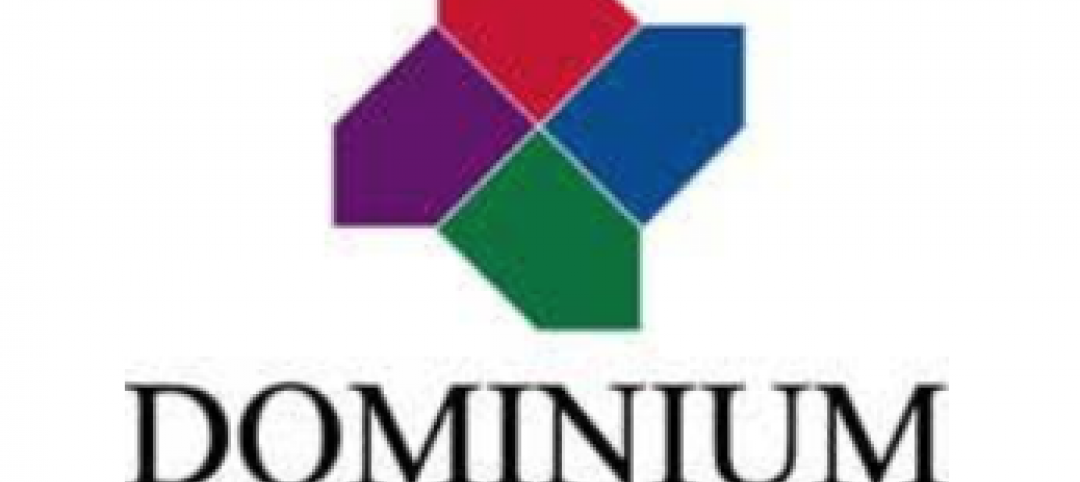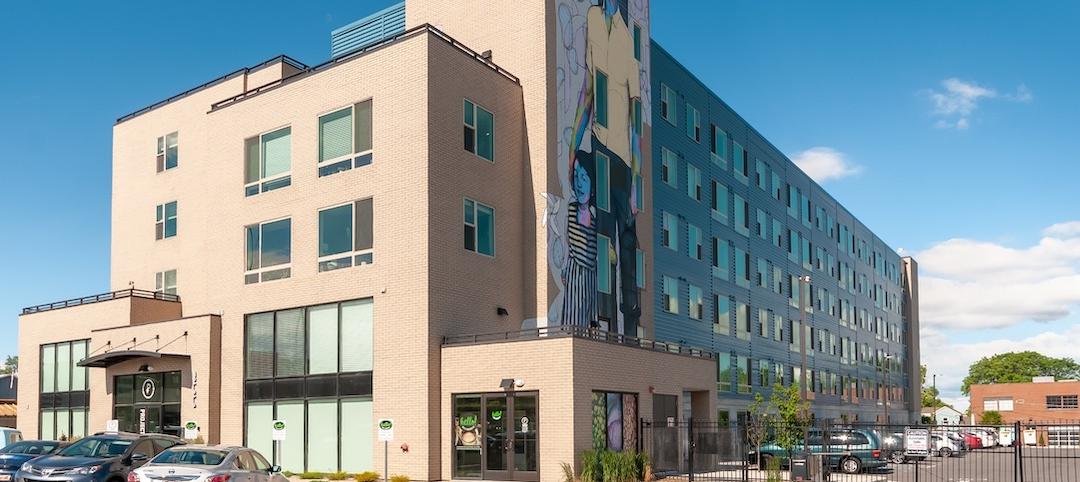The Obama Administration and the state of California are teaming with the Chicago-based MacArthur Foundation on a pilot program whose goal is to unlock Property-Assessed Clean Energy (PACE) financing for multifamily housing.
PACE programs provide money to accelerate renewable energy and efficiency retrofits for energy and water in multifamily housing, with the intention of making that housing more affordable for low-income renters.
California Gov. Jerry Brown announced last month that his administration is creating a California Multifamily PACE program with MacArthur, which has committed at least $10 million in impact investments toward this program and other innovations it is exploring. U.S. Housing and Urban Development Secretary Julian Castro says his department will issue new guidance under which HUD can approve PACE financing on HUD-assisted and HUD insured housing in California. The U.S. Department of Energy is working with the state to assess the performance of this program.
The San Jose Mercury News reports that HUD has also committed to support California’s creation of another pilot financing program for multifamily building, where most or all of the energy use is billed through a common meter.
California’s efforts tie into the Obama Administration’s goal of installing 100 megawatts of renewable energy across federally subsidized housing by 2020. About one-quarter of U.S. households are multifamily, with more than 3 million units in California alone.
Improving energy efficiency in these buildings nationwide by 20% would save nearly $7 billion in energy costs each year and cut 350 tons of carbon pollution in a decade, according to White House estimates.
“Reducing our energy consumption by 50 percent on existing buildings, increasing renewables 50 percent and reducing our petroleum as close to 50 percent as we can,” Brown said about his initiative.
Related Stories
Multifamily Housing | Oct 16, 2019
Covenant House New York will support the city’s homeless youth
FXCollaborative designed the building.
Multifamily Housing | Oct 16, 2019
A new study wonders how many retiring adults will be able to afford housing
Harvard’s Joint Center for Housing Studies focuses on growing income disparities among people 50 or older.
Multifamily Housing | Oct 14, 2019
Eleven, Minneapolis’ tallest condo tower, breaks ground
RAMSA designed the project.
| Oct 11, 2019
Tips on planning for video surveillance cameras for apartment and condominium projects
“Cameras can be part of a security program, but they’re not the security solution itself.” That’s the first thing to understand about video surveillance systems for apartment and condominium projects, according to veteran security consultant Michael Silva, CPP.
Multifamily Housing | Oct 9, 2019
Multifamily developers vs. Peloton: Round 2... Fight!
Readers and experts offer alternatives to Peloton bicycles for their apartment and condo projects.
Multifamily Housing | Oct 7, 2019
Plant Prefab and Brooks + Scarpa design scalable, multifamily kit-of-parts
It is Plant Prefab’s first multifamily system.
Multifamily Housing | Oct 3, 2019
50 Penn breaks ground in New York, will provide 218 units of affordable housing
Dattner Architects is designed the project.
Multifamily Housing | Sep 12, 2019
Meet the masters of offsite construction
Prescient combines 5D software, clever engineering, and advanced robotics to create prefabricated assemblies for apartment buildings and student housing.
Multifamily Housing | Sep 10, 2019
Carbon-neutral apartment building sets the pace for scalable affordable housing
Project Open has no carbon footprint, but the six-story, solar-powered building is already leaving its imprint on Salt Lake City’s multifamily landscape.

















